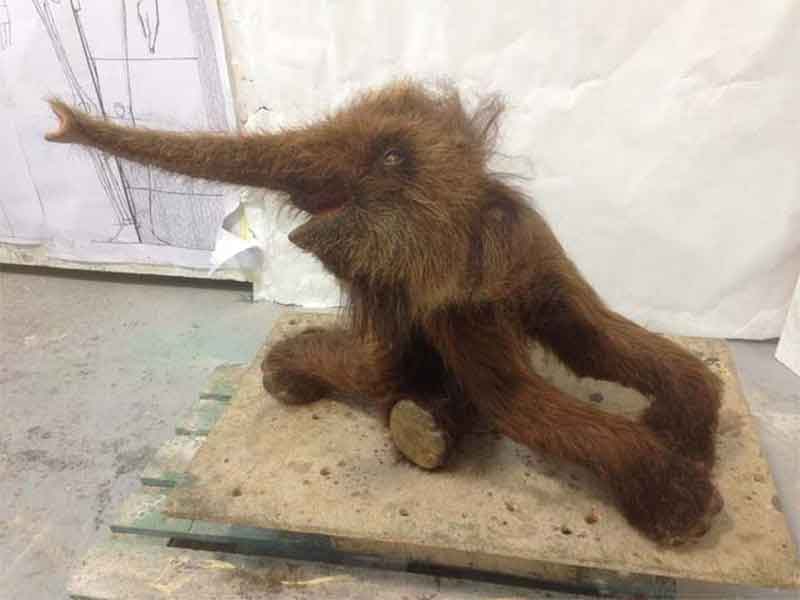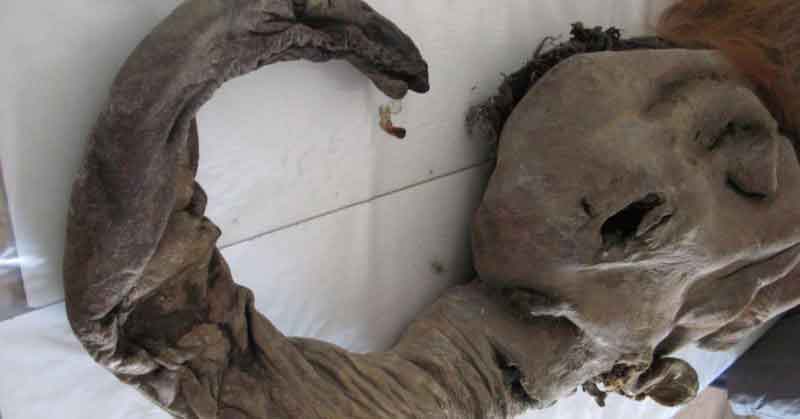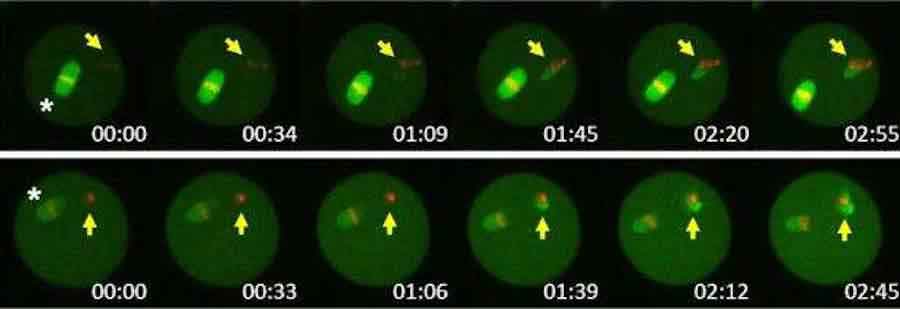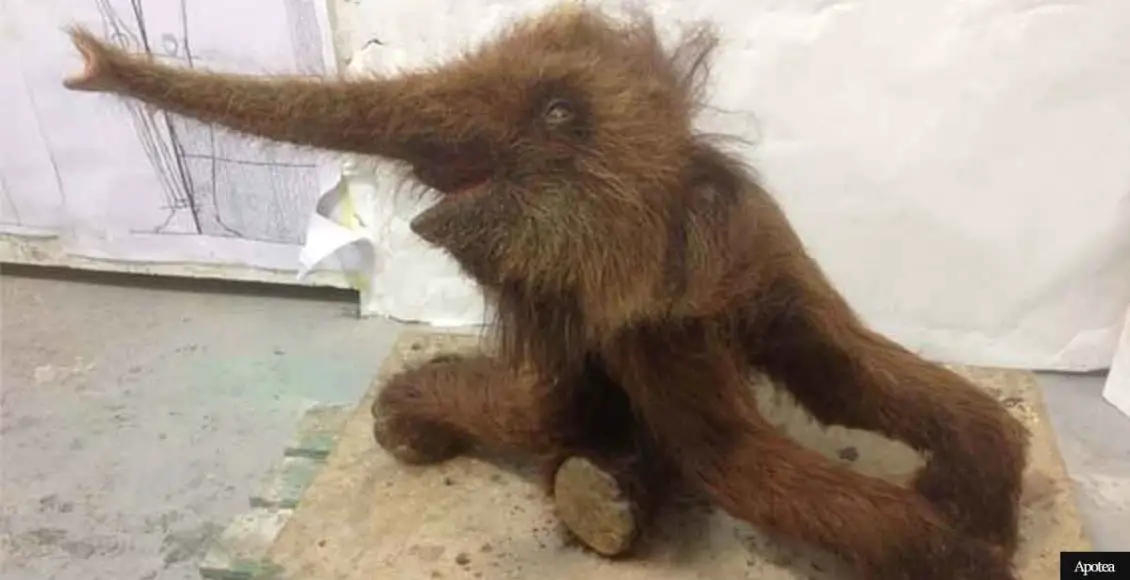Woolly mammoth cells from 28,000 years ago have started to show “signs of life” during a breakthrough scientific experiment.
The animal was found in Siberia back in 2011. Woolly mammoths have been extinct for nearly 4000 years, so it was not easy for scientists to find a well-preserved carcass – especially one this old.
Researchers have long been searching to find suitable materials to revive the magnificent creature. Recently, a team from Japan’s Kindai University was finally able to find DNA that is partially viable – and they have already started to work on the process of resurrection.

The team was able to extract nuclei from the animal’s cells and transplant them into mouse oocytes – cells contained in ovaries that have the ability to form an egg cell after genetic division.
After that, the cells from the ancient mammoth began showing “signs of biological activities.”
Study author Kei Miyamoto from the Department of Genetic Engineering at Kindai University said:
“This suggests that, despite the years that have passed, cell activity can still happen and parts of it can be recreated.”

Some of the cells even showed surprising and highly promising signs of activity that normally only happens immediately preceding cell division.
But it wasn’t easy for the team of scientists to get this far. They started by taking bone marrow and muscle tissue samples from the mammoth’s leg. The samples were then analyzed for the presence of undamaged nucleus-like material, which, was eventually extracted.

As soon as the nuclei cells were mixed with mouse oocytes, mouse proteins were also added, revealing some of the anima’s cells to be in great condition for nuclear reconstitution. This finding suggested that even a 28,000-year-old mammoth carcass can harbor functioning nuclei.
Hence, resurrecting a mammoth is a real possibility.
And while Miyamoto is aware that “we are very far from recreating a mammoth,” many scientists who have stepped on the same path are certain that such an achievement is nearer than we might expect. Recent tests with the controversial CRISPR gene-editing tool are likely the most promising for now.
Scientists reactivate cells from 28,000-year-old woolly mammoth nicknamed "Yuka." https://t.co/Vs6nntOuTS pic.twitter.com/5naefid5qV
— Big Think (@bigthink) March 3, 2020
On questions of ethical nature, however, the world remains divided…
What are your thoughts on this scientific breakthrough? Let us know by joining the conversation in the comments and please share this article if you’ve found it of value.



